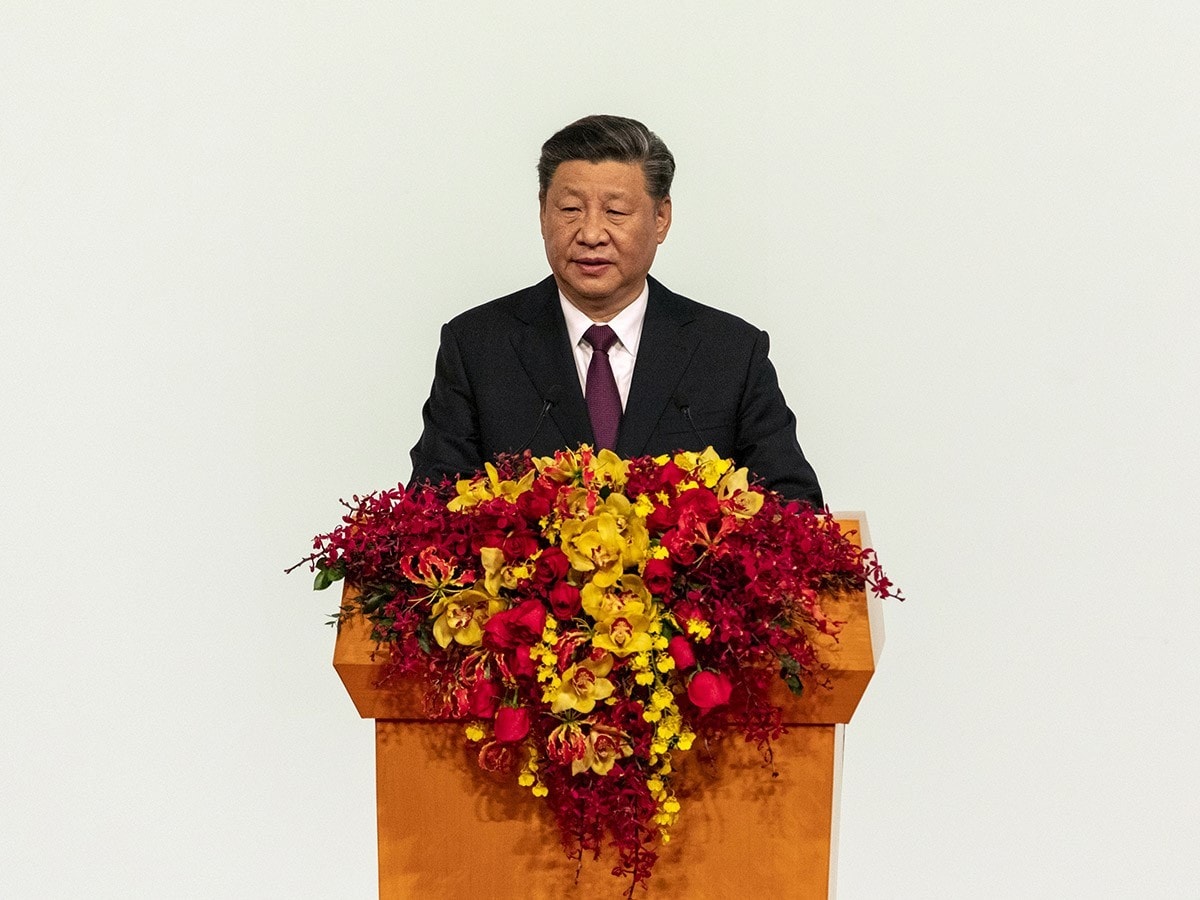It’s been a yo-yo 2020 for stock markets in China. Geopolitical tensions with the US have threatened to beat down technology stocks, but the electric vehicle halo is beginning to shine brighter.
As of 4 September, the Shanghai (SSE) Composite Index [000001.SS] sits at CNY3,355.37. In what has been a challenging year so far, the Shanghai Composite Index is up 8.9% through 3 September’s close.
Since dropping to CNY2,660.17 during the market sell-off on 23 March, the Shanghai Composite index has recovered by 21.4% (as of 3 September’s close).
Meanwhile, Hong Kong’s benchmark, the Hang Seng Index [HSI], is down circa 12.4% for the year (through 4 September). The Hang Seng Composite index, which currently sits at HKD24,695.45, is up 16.8% since its 52-week low of HKD21,139.26, also set in March.
16.8%
Hang Seng Composite index rise since its March low
In recent weeks and months, Chinese stocks have found themselves exposed to volatility as a result of the tit-for-tat nature of the ongoing discussions with the US. In fact, it’s become a major headwind.
The Trump card
Much of the ongoing trade tension stems from US attempts to limit China’s access to American technology.
US President Donald Trump’s administration has doubled down on restrictions on the Chinese tech giant Huawei and there have been growing fears that he could ban Chinese stocks from the US market altogether.
When Trump signed an order in early August to prevent any US transactions with TikTok and Tencent Holdings Limited’s [0700.HK] WeChat, $75bn was wiped off the value of Chinese tech stocks, according to the Financial Times.
$75billion
Amount wiped off Chinese tech stocks valuation after Trump's TikTok & WeChat ban
The US government has since moved to alleviate concerns, and has reassured Tencent that a ban won’t be as stringent as first feared. In response, the company’s share price climbed 5.8% on 24 August.
With Chinese tech stocks being used as pawns in the dispute between the two countries, ChiNext [399006.SZ], a Nasdaq-like board on the Shenzhen Stock Exchange, has introduced a new IPO-style system, making it easier for young companies to trade on the exchange.
By making the market more accessible through an IPO reform, ChiNext will help the Shenzhen Stock Exchange compete with the Shanghai Stock Exchange and its Star 50 index [SSE50]. What’s more, with Chinese tech companies facing the possibility of being forcibly delisted from US stock exchanges, ChiNext’s reform should broaden the appeal of China’s stock markets.
“The ChiNext reform is a significant part of China’s grand competition strategy with the US,” Hao Hong, head of research at BOCOM International, wrote in a note reported by Reuters.
Medical instruments manufacturer Contec Medical Systems [300869.SZ] debuted on ChiNext on 24 August. By the end of the day, shares closed up 1031% from its IPO price of CNY10.16.
Given how far the share prices have accelerated in a short space of time, Hong said that ChiNext was “a venue for speculation”. He added that falling stock prices, instead of rising ones, are the better indicator of whether such reform is going to be a success.
“The ChiNext reform is a significant part of China’s grand competition strategy with the US” - Hao Hong, head of research at BOCOM International
The importance of EVs
Beyond tech stocks, the automotive industry could be key to future market success for China.
Car sales in China fell 92% in the first half of February as the reality of the COVID-19 pandemic started to hit the automotive industry. But a recovery since then, coupled with the hope that electric vehicles (EVs) could become widely adopted, has allowed Chinese auto stocks to go full throttle. Domestic rivals to Tesla [TSLA], Li Auto [LI] and Nio [NIO] have made huge gains recently. Nio, for example, jumped 59.4% in August.
92%
Drop of China's car sales in first half of February
Li Auto made its New York debut on 30 July, closing 43% higher than its IPO. The luxury EV maker, Xpeng [XPEV], debuted on the NYSE on 27 August. By the end of its first day of trading, it was up 41%.
The recent and sudden growth in China’s EV stocks will have been propelled partly by an announcement in January by the Chinese government that it won’t be cutting subsidies further in the near-term. China has been subsiding EV purchases for the last decade, but has gradually been reducing the handout amount.
According to the International Energy Agency, some 2.1 million EVs were sold last year, bringing the total number of EVs on the road to 7.2 million. Just under half (47%) of them are in China.
Although sales in the first half of this year will have slowed down as a result of drastic subsidy changes brought in at the end of June 2019, the fact that there won’t be further cuts should prove to be a shot-in-the-arm for China’s EV market.
Alice Yu, a senior analyst at S&P Global Market Intelligence, has forecast total EV sales for 2020 to fall 23% year-over-year. Two-thirds of vehicles will be sold in the second half. Sales in May and June were 77% and 67% of the numbers seen in the same months of 2019.
EV stocks are enjoying their moment in the sun, and China’s stock markets could be boosted further if more companies choose to list themselves there and not in the US. Fintech giant Ant Group has recently filed for a blockbuster IPO in Shanghai and Hong Kong. It will be the largest on record if it raises $30bn, as expected.
Continue reading for FREE
- Includes free newsletter updates, unsubscribe anytime. Privacy policy





